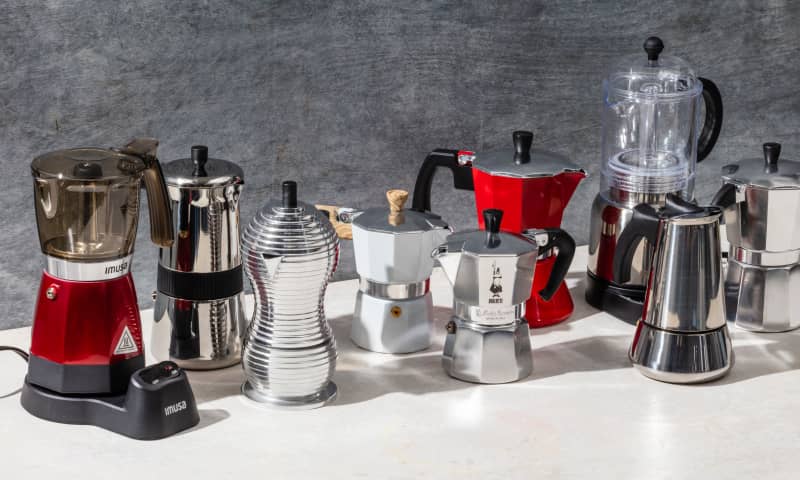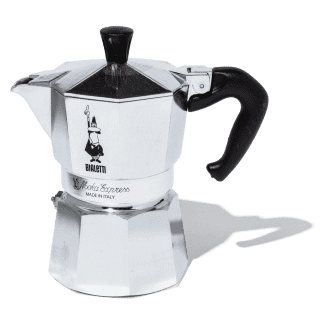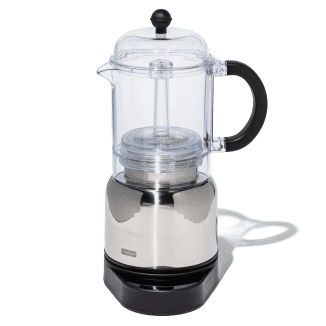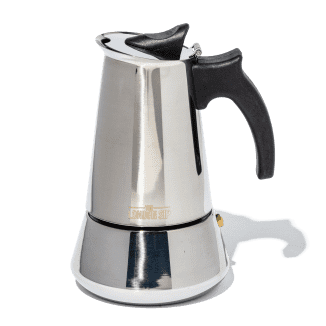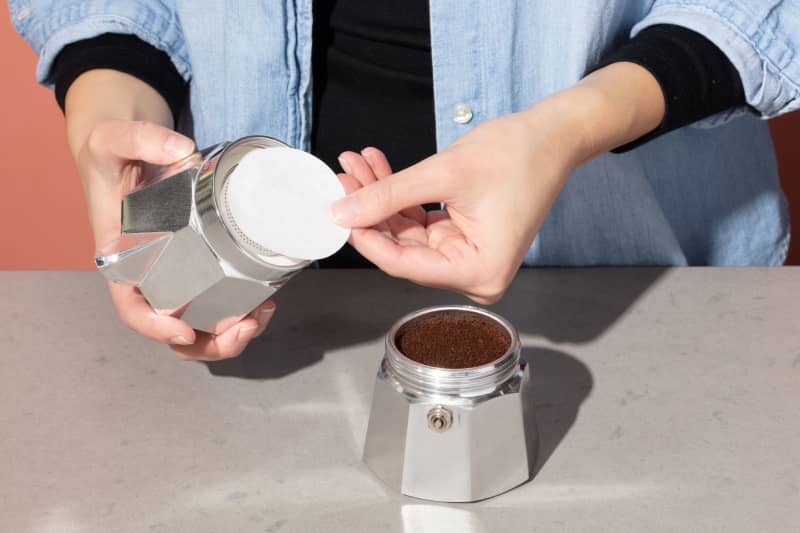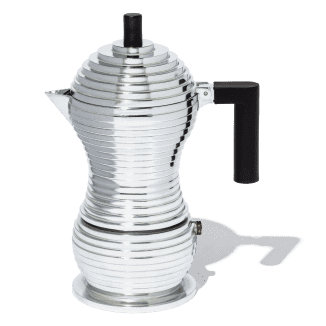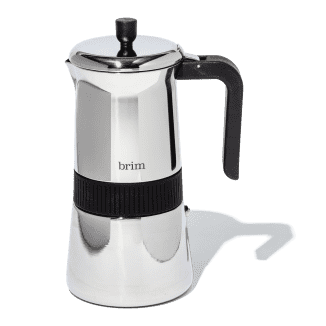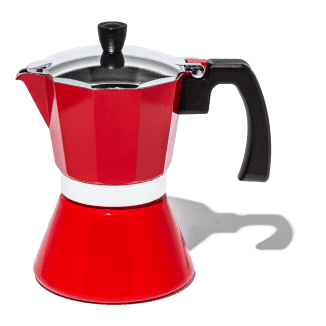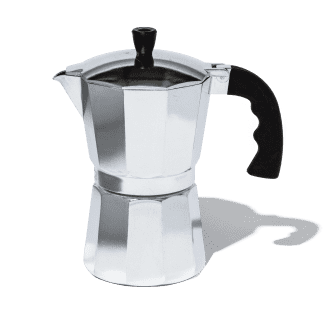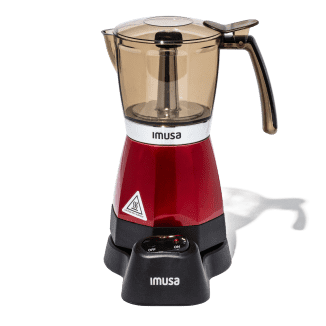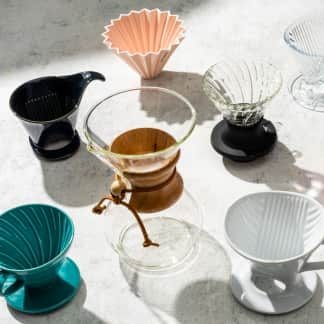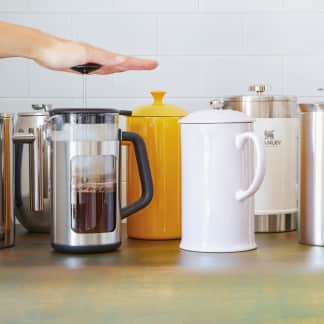The best moka pots are easy to use and can brew a batch of strong and concentrated coffee quickly. Our winner is the classic Bialetti Moka Express, which has stood the test of time as the most reliable and user-friendly moka pot. It consistently produced coffee with rich and complex flavors. The Bodum Chambord 12 oz Electric Espresso Maker, our top-rated electric model, brewed full-flavored coffee quickly without requiring us to stand next to a stovetop.
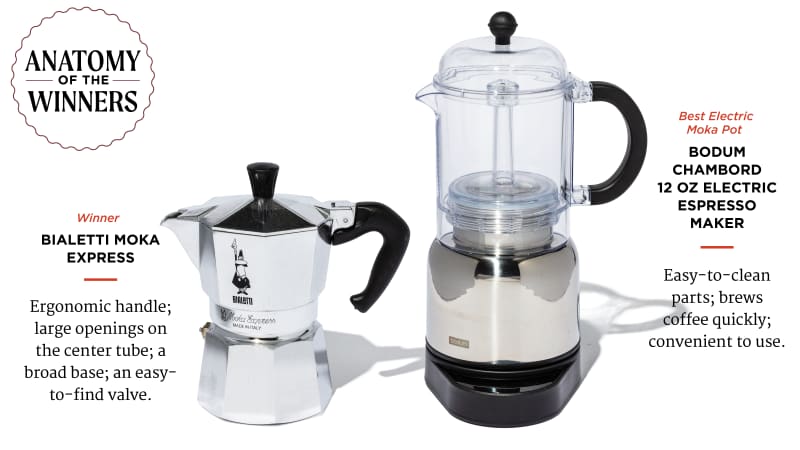
In 1933, Italian engineer Alfonso Bialetti invented a stovetop coffee maker and named it after the Yemeni city of Mokha (also spelled as “Mocha” or “Mukha”), paying homage to the city’s significance in coffee trade. The hourglass-shaped, aluminum pot used pressurized water to extract dark and roasty coffee in mere minutes. Today, the moka pot has become a mainstay in Italian coffee culture; its popularity also helped it sail across the ocean to kitchens around the world.
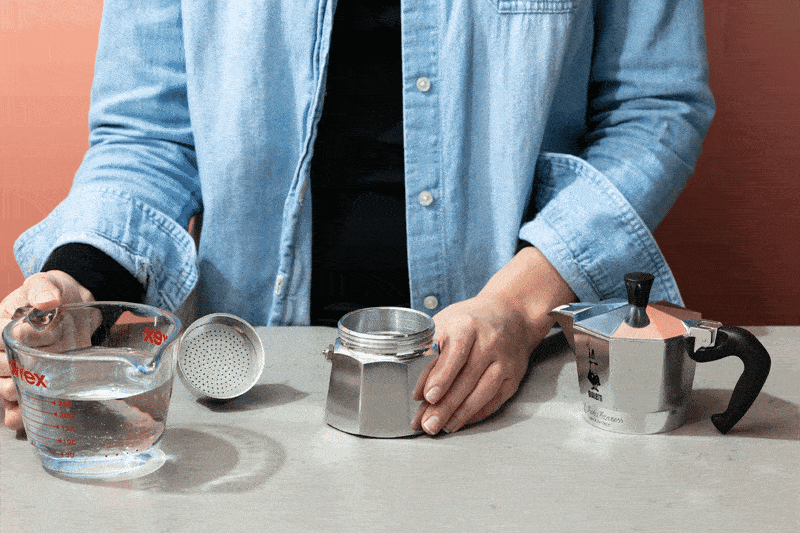
So what exactly is it? A stovetop moka pot consists of three parts: a bottom chamber, a perforated funnel, and an upper chamber. You fill the bottom chamber with water just beneath a valve that acts as a water-fill line and also prevents too much pressure from building up. Then, you fill the funnel with coffee grounds and place it in the bottom chamber, screw the chambers together, and heat the pot on the stovetop. Water travels up and makes contact with the coffee grounds and then freshly brewed coffee comes out through a center tube in the upper chamber. (Pro tip: Point the handle away from the heat source so that it doesn’t get too hot.)
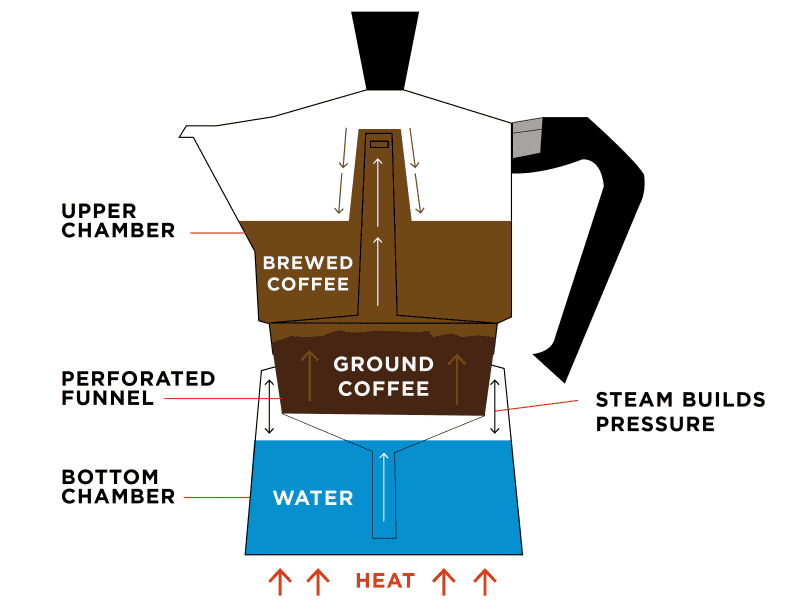
The science behind the device is straightforward: As the water starts to evaporate in the airtight chamber, it creates sufficient pressure to push the rest of the hot water through the funnel, extracting coffee from the grounds. The pressure it creates is often between 1.5 and 2 bars, similar levels to those achieved by early espresso machines. It wasn’t until 1947 that an espresso machine was invented that could reach 9 bars of pressure, which “made the coffee taste sweeter and foamy,” says Peter Giuliano, chief research officer at Specialty Coffee Association. Soon, the 9-bar espresso, or “crema di caffè” as its inventor called it, became the norm.
Today, stovetop moka pots still dominate the market, but electric moka pots are also an option. They’re almost identical to the stovetop version in terms of mechanics, but they differ in heat source. The capacities of both styles range from 1 cup to 12 cups, but the true volumes of these “cups” aren’t the same as your typical coffee maker. Most moka pots market themselves as “espresso makers,” so a “cup” refers to a serving that is similar to a shot of espresso, or about 1.1 to 2.2 ounces, depending on the model. To streamline our testing, we decided to limit the lineup to models with 3- and 6-cup capacities. We recorded the amounts of coffee each pot produced per batch—which ranged from 4.2 ounces for smaller pots to 11.1 ounces for larger ones—and compared them to their advertised yields.
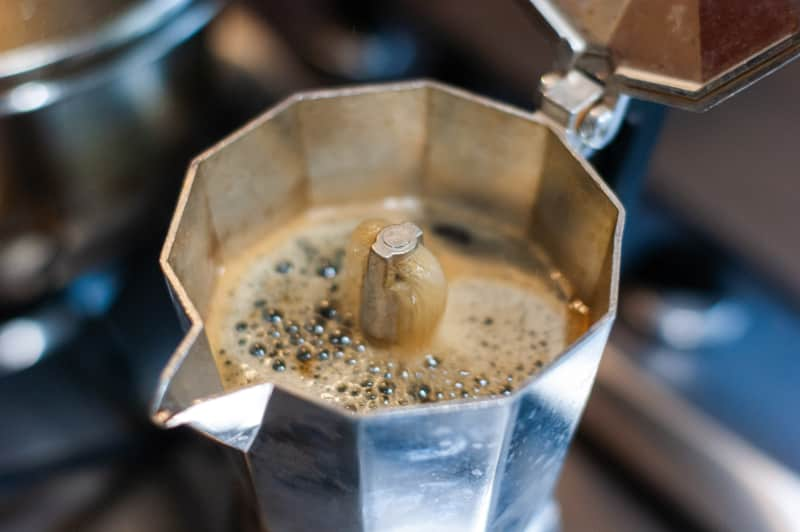
Moka pots are simple but can be temperamental. “Water can easily overheat beyond the ideal ceiling of 205 degrees in the brew bed” of coffee grounds in the funnel, says Trevor Clark, education specialist at Counter Culture Coffee. But when you have a reliable model and take care to remove it from the heat as soon as the coffee starts sputtering into the upper chamber, it’s a simple and fast way to make coffee with a soft mouthfeel and complex flavor. A good cup will be roasty, bold, and well-balanced with notes of dark chocolate, slightly burnt caramel, and even maple syrup. Similar to French press coffee, it’s common to find dregs in your cup, as metal filters can’t stop tiny particles from traveling through (an easy hack: Aeropress filters). If you’re in the market for a durable and easy-to-use moka pot, read on for our findings.
What to Look For
- Large Openings on the Center Tube: As heated water moves up from the lower chamber and out of openings on both sides of the center tube, some sputtering is inevitable. But we found that large openings helped reduce sputtering.
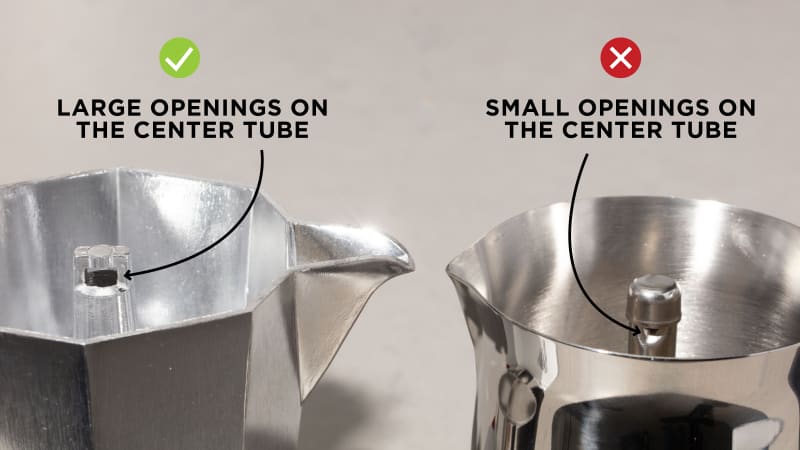
- An Easy-to-Find Valve: As the valve indicates the maximum amount of water the pot can hold, we preferred models with valves that are easy to spot.
- An Ergonomic Handle: We liked curvy handles that fit snugly in our hands. They felt more comfortable and offered more stability while pouring coffee.
- Smooth Threads: We liked models with smooth, well-built threads that helped us easily twist the pieces together to form an airtight seal and easily unscrew them after use.
- Broad Bases: Stovetop models with broad, wide bottoms maximized contact with the heat, speeding up the brewing process.
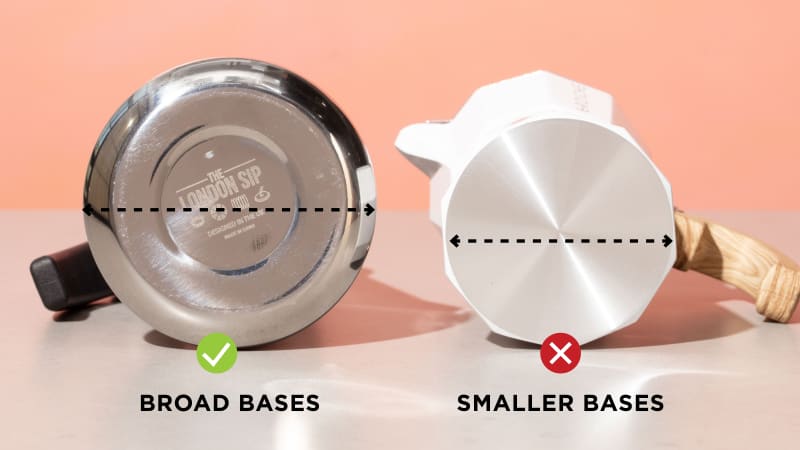
What to Avoid
- Small Openings on the Center Tube: On some models, the center openings were too small, causing the coffee to spurt out more violently and make a mess on the stovetop. The hot liquid also threatened to burn us.
- A Hard-to-See Valve: On some models, the valves were tucked underneath the threads. We had to crane our necks to locate the valves and ensure that we were adding the appropriate amount of water.
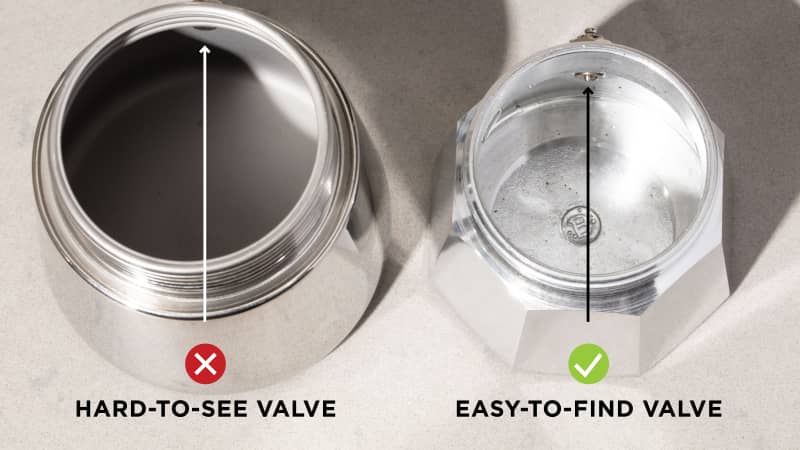
- Narrow Bottom Chamber: Some models had bottom chambers with a narrow base. They were slower to bring water to a boil than the ones with broader bases because of the lack of contact with the heat. A narrow base also makes the pot less stable on gas stoves.
- Short Handles: It was uncomfortable and dangerous to remove a hot moka pot from a stovetop if we couldn’t hold it comfortably.
- Long and Narrow Upper Chamber: On some models, it was difficult to reach into the upper and lower chambers and rinse them clean.
Other Considerations
- Stovetop versus Electric Models: Electric moka pots come with an electric kettle-like base with preprogrammed time and temperature settings so that you can set them and forget them, an advantage compared to stovetop models that require you to stand next to the pot. One electric model even has a smartphone app that allows you to remotely start brewing. However, some electric models brewed coffee too quickly, resulting in underextracted coffee that tasted sour and diluted. One model emerged as the winner of this style of brewers; the coffee it produced was almost as good as the stovetop version but lacked a bit of body. We consider it a trade-off for convenience.
- Aluminum versus Stainless-Steel Models: Traditionally, moka pots were made of aluminum, which can be used on gas and electric stovetops. As interest in induction cooking has grown, many manufacturers started making stainless-steel moka pots to make them induction friendly. The choice to use stainless steel is mainly for induction compatibility. The choice of material doesn’t affect their performance.
The Tests
- Brew two full batches of coffee, calculating average yield and average brew time
- Evaluate flavor and body of each batch of coffee
- Assess ability to brew minimum serving size for versatility, using manufacturers’ instructions if available
- Wash each moka pot by hand after each use
How We Rated
- Performance: We evaluated the quality of the coffee we brewed, including its flavor and body. We also considered the average yield.
- Ease of Use: We evaluated how comfortable and easy it was to assemble, disassemble, and use each moka pot.
- Speed: We recorded how quickly each moka pot brewed coffee.
- Cleanup: We assessed how easy it was to clean each moka pot.
